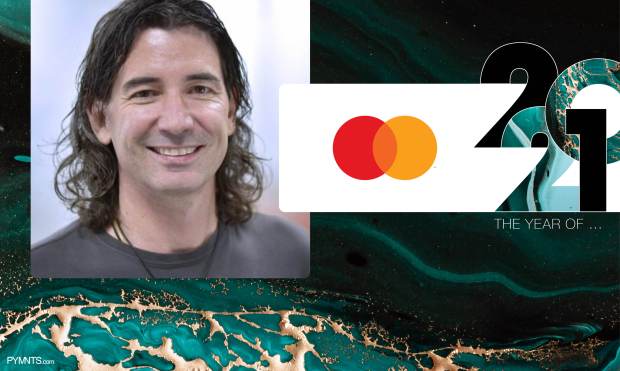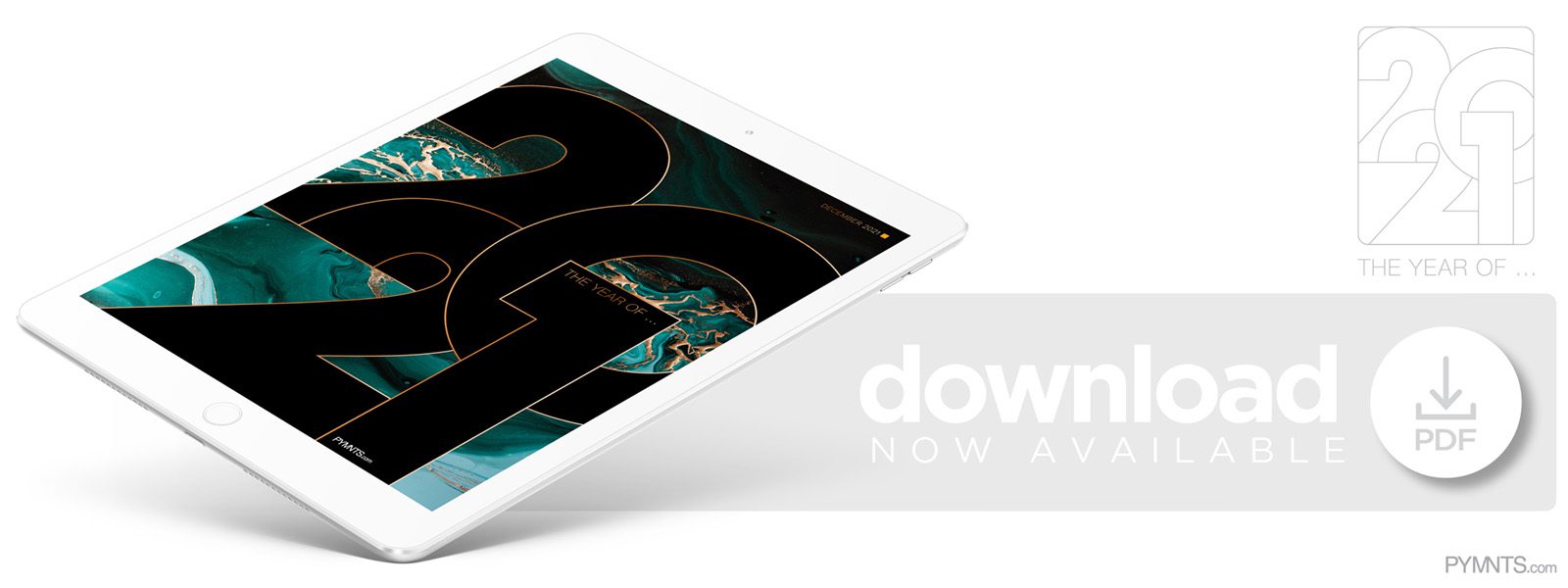Mastercard: 2021 was the Year of Digitization

2021 laid a foundation for technologies that hold the potential to transform the way we do commerce, says Bob Schukai, executive vice president of technology development, new digital infrastructure and FinTech at Mastercard. Look for the pace of change to accelerate in 2022, as merchants and providers build out new solutions on the path to digitization. Read his thoughts in the PYMNTS eBook, “In a Word: 50 Thought Leaders Sum Up 2021.”
When you look back at 2021, you see a world that has lurched forward in fits and starts. Every time we thought we had gotten comfortable with the “next normal,” we found ourselves retrenching and restarting. The latest omicron variant has us guessing yet again what the impact might be on the next normal. As we collectively continue to adjust and change, one thing that has remained constant is the acceleration of digitization.
During the pandemic, there was a heightened need for new digital services that were quick to implement and that would offer a stellar user experience. We saw increased adoption and demand for digital services across a variety of touchpoints. We relied less and less on cash for our transactions and fully embraced eCommerce. We were quite happy to order online and pick up our orders a couple of hours later. And if we didn’t feel like paying for the entire cost of an item, we saw commitments from companies such as Mastercard to bring buy now, pay later (BNPL) solutions as another new payment choice, instantly and seamlessly integrated at checkout. In 2021, we built on our existing digital infrastructure to lay an even stronger foundation for digital payments and services, to meet evolving consumer needs and provide choice.
That foundation for consumer choice is also evident in the expansion and interest in open banking services. With open banking, consumers have the ability to unlock the data held by their bank and use it for their own benefit in solutions such as personal finance management, credit score boosting and payment initiation. Services such as income or asset verification are also key to providing information required as part of the credit application. Lending is also an area where open banking plays a significant role, led by companies such as Rocket Mortgage. Look no further than the red-hot real estate market to see this in action.
Last but certainly not least, this year we saw intense interest in cryptocurrencies, NFTs and other digital assets. Numerous companies now provide crypto trading capabilities; however, one thing that hasn’t changed in 2021 is the volatility of those assets. At the other end of the spectrum, numerous countries around the world are exploring the topic of central bank digital currencies (CBDCs). This again points to the rapid and constant acceleration of digitization, particularly in how money is minted and issued for use.
You can expect that in 2022, the entire industry is going to continue building on this digital foundation.

